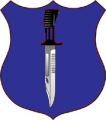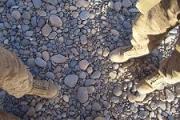Quote:
Originally Posted by Distiller
I thought a little bit about it. Two developments I postulate: (i) the threshold for combined weapons ops is getting ever lower , (ii) new C3 technology enables a flat organization. Thus: If there is an echelon you could abandon it's the platoon. And you could organize the company - as the largest pure/non-combined unit - 100% flat along rifle-, GPMG-, MGL/mortar-, and guided missile teams. What you don't have at company level, you don't get. Non-combined-weapons units of battalion size and upwards (thinking about regiments here) will become rare I think, esp in small wars.
Err.... Want to give an example? How does C3 Technology alter the span of control? A Coy Commander Controls 12 Teams?














Bookmarks